

 Vol. 38 (Nº 25) Year 2017. Page 28
Vol. 38 (Nº 25) Year 2017. Page 28
Natalya B. PANCHENKO 1; Juliya S. BERDOVA
Received: 09/03/2017 • Approved: 15/04/2017
ABSTRACT: A study conducted by the authors, shows the successful use of the methodical complex on discipline “Computer systems, networks and telecommunications” in the framework of the development of aesthetic culture of students studying for bachelor “Business Informatics” while studying at the Industrial University of Tyumen. The authors conducted a review of the definitions of “aesthetic education”, emphasized three main positions based on personality, activity and creative aspects. The study surveyed students at the beginning and at the end of the course “Computer systems, networks and telecommunications”, revealed the increasing interest in classical literature and music, world history and history of Russian Federation. The study reflected a number of works on the development of the aesthetic taste of the individual, in the period of study in higher education, as well as the possibility of realization of aesthetic education of students through a variety of disciplines, both humanitarian and technical profile. |
RESUMEN: Un estudio realizado por los autores, muestra el éxito del uso del complejo metódico sobre disciplina "Sistemas informáticos, redes y telecomunicaciones" en el marco del desarrollo de la cultura estética de los estudiantes que estudian para licenciatura en Informática Empresarial mientras cursan estudios en la Universidad Industrial de Tyumen. Los autores realizaron una revisión de las definiciones de "educación estética", enfatizando tres posiciones principales basadas en la personalidad, actividad y aspectos creativos. El estudio encuestó a los estudiantes al principio y al final del curso "Sistemas informáticos, redes y telecomunicaciones", reveló el creciente interés por la literatura y la música clásicas, la historia mundial y la historia de la Federación Rusa. El estudio refleja una serie de trabajos sobre el desarrollo del gusto estético del individuo, en el período de estudio en la educación superior, así como la posibilidad de realización de la educación estética de los estudiantes a través de una variedad de disciplinas, tanto humanitarias y perfil técnico . |
Against the decrease in level of spirituality of today's youth and the prevalence of a pragmatic approach to life the professors – teaching staff of the higher school seeks to create conditions for the full self-development, including the implementation of ethical, labour, environmental and aesthetic education.
In modern philosophy, pedagogy and sociology one of the leading roles in the formation of good personality is given aesthetic education.
Aesthetic education within education has been widely studied by such scientists as G.A. Petrov, B.P. Rozhdestvenskiy, Skaterschikov V. K., L. A. Volovich, SHurtakova T. V., Zakharchenko M. V., Slobodchikov V. I., Shatskaya, V. N. etc.
In the study ofIppolitova N. V. and Sterhova N. S. there are three main positions in the definition of “aesthetic education” (Ippolitova and Sterhova, 2012).
The first group includes scientists who share the view that “aesthetic education” includes the personal dimension, reflecting the focus of the process on the development of personal qualities.
The second group includes scientists, uniting in the concept of personal and activity approaches, i.e. describing the "aesthetic education" as "a purposeful pedagogical process in the formation of aesthetic relationship to reality and aesthetic activity"(Ippolitova and Sterhova, 2012). From this point of view determination of Privalova A.V. “aesthetic education is aesthetic education of man's relationship to reality, introduction to aesthetic values, the development of the capacity for aesthetic perception, experience, aesthetic taste, the creation of aesthetic values not only in art but also in any activity” is very interesting (Privalova 2011).
In addition to the personality and activity aspects, the researchers occupying the third position, also highlight the creative aspect. So, Ippolitova N.V. and Sterhova N.S. define aesthetic education as “a holistic pedagogical process, based on specially organized activities and aims at the development of aesthetic culture and creative active person”( Ippolitova, and Sterhova, 2012). On the other hand, Kharkovskaya V.E. makes the emphasis on the creative part of this definition, considering “aesthetic education” as “a purposeful process of formation of creative personality, capable to perceive, to feel, to appreciate beauty and create artistic value”( Kharkovskaya and Markov, 2014).
According to the authors, the most complete is the definition presented in the Russian pedagogical encyclopedia.
Aesthetic education is a process of formation and development of aesthetically, emotionally – sensitive and value consciousness of an individual and the corresponding activities. This process is one of the universal aspects of culture, to ensure its growth in accordance with social and psycho-physical development of a man under the influence of art and aesthetic multiform objects and phenomena of reality (Russian pedagogical encyclopedia, 1983).
From the point of view of the authors of the article, aesthetic education is more than a pedagogical process aimed at the formation and development of values and personal qualities of the individual, contributing to the enrichment of all forms of cognition, communication and interaction with the surrounding society.
The problem of aesthetic education of the personality in higher education institutions dedicated to the works of Karpov V. P., Zimnaya I. A., Komarova A. I., Melnik O. M., Kagan M. S. etc.
The main goal of aesthetic education in high school Simonkina Y. S. understands “the formation and development of students ' high level of personal aesthetic culture and creative installations activities (Simoncini Y. S, 2011). According to Privalova V. A. in teaching in high school “reunion in the mind of the individual economic, political and moral positions, as something necessary and fair in the form of a holistic emotional – rational attitude to the world, and is the pledge and the condition of its harmonic integrity”(Privalova 2011).
In turn ShmyrevaN.A. suggests that “desire “to find” and “define” itself in modern conditions, to get higher education for approval in society, determining the location of the unstable socio – economic position in society somewhat obscures the need of a young man in spiritual and aesthetic development”(Shmyreva 2000).
Because of the fragility of the socio – economic situation in the community and reducing the need of students in the aesthetic development the author has formed the pedagogical conditions of aesthetic education of students, creation and implementation of which allows to develop emotionally – sensual perception of reality and the need for a Beautiful.
According to Guslenko I. Y., “the aesthetic integrity of the educational space of a multidimensional, all disciplines, all extracurricular activities, all phenomena of art and actually have an aesthetic effect on the personality” (Guslienko 2011).
In turn Kharkovskaya E.V. argues that the work on the aesthetic education of young people rests on the shoulders of educational institutions to the failure of modern parents as one of its main duties – moral and spiritual upbringing of the individual. As an example of the formation of ideas about beauty, creativity, individual talent and creative initiative E.V. Kharkovskayaspeaks about two subjects of aesthetic cycle – cultural studies and literature, with emphasis, that “the formation of aesthetic culture of students through the subjects should be carried out systematically and methodically, almost every topic on any academic subject, the teacher must find a niche that can be filled with information about the beautiful, from music, painting and literature” (Kharkovskaya and Markov, 2014)
In turn, Kukushkin N.V. argues that “every subject contains a known potential of great” (Kukushkin 2013).
Problems in the development of aesthetic education in certain disciplines at the University,are dedicated to the works of the following authors: Shmyreva N.A.,ZabavnikovaT.Yu., MuhametzyanovaL.Yu., Kukushkin N.V.,Kopieva N.G. etc.
So, Kukushkin N.V. suggests that through careful selection of texts and conversational topics in foreign language lessons students develope the ability and need to see, find the beauty in life, to notice the beauty of everyday, in all of this, the teacher of a foreign language has more “leverage” effect on the psyche and the emotional component of hisstudents (Kukushkin 2013).
Another supporter of the formation of aesthetic education of students through a foreign language is Abramova L.Z. (2010), indicating that the study of any foreign language is a powerful means of understanding the culture and society that makes a significant contribution to the education of the younger generation and, by comparison, pushes features of their national culture, deepening the importance of human values.
The questions of includingthe learning content of the theory of aesthetics, art history, design fundamentals, problems and prospects of creation of infrastructure of the process of aesthetic education by means of computer graphics considered in the work of Zabavnikova T.Y. (2005). In this proposed methods, relevant content, learning computer graphics, enhancing the students in the process of aesthetic education to the motivation to self-knowledge, self-expression and self-education. Among the forms of training the focus is on the method of visual analogies and the method of stimulating entertainment.
The question of aesthetic education of students was asked by the authors of the article in the development of one of the sections of the course “Computer systems networking and telecommunications” for bachelor “Business Informatics”.
Under this section provision of hypertext markup language HTML and cascading style sheets CSS are studied.
Hypertext markup language HTML is the basis for the study of this section of the discipline and its development students performing laboratory and independent works, each aimed at mastering certain knowledge, abilities and skills.
During the laboratory works students carry out a set of specific examples and tasks, and based on them study the new tags, elements and parameters.
The performance of independent work is creative and allows students to demonstrate their knowledge acquired during the laboratory work. For laboratory and independent work in the discipline the authors developed tasks aimed at the development and formation of aesthetic taste of students.
For example, during the first independent work students have to show their skills when creating HTML pages, incorporating text with different types and sizes of font, background shading, running line, different styles of list. At the same time students have a text that they should made on the sample (figure 1), as well as, listening to any music at home from each item, add their own opinion about this music, having to develop a web page, a short essay using the color palette.
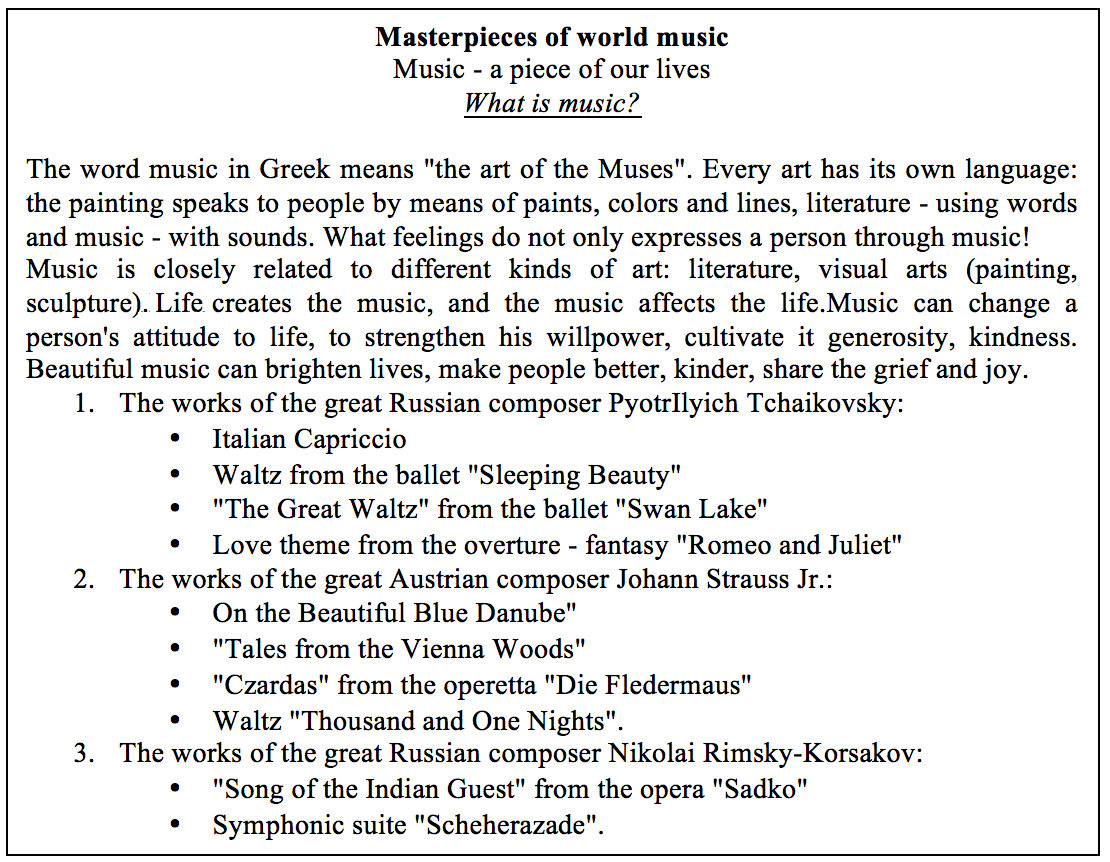
Figure 1. A sample of independent work No. 1
The second work is devoted to links and graphical images from a technical point of view, and the seven wonders of the world ancient and modern – from the aesthetic. Students invited to diversify their Internet page information about the seven wonders of Tyumen, providing each “miracle” with photograph and link to the story or some interesting fact.
When performing the third independent work students must demonstrate skills in creating and formatting tables on a web page.
For this exercise students can use the table template (table 1), they must create and fill in on the Internet page.
Table 1. The third task for independent work

To fill the table students have the choice of names of countries (Russia, England, France, etc.), the authors and their portraits (A. P. Chehov, V. Hugo, A. Dumas etc.), titles of works and the main characters, annotations.
During execution of this work, students must not only demonstrate their knowledge when using different tags for creating tables (merged cells, different types of frames and borders of tables, the alignment of the text in separate cells, insert pictures and background shading), but also the right to fill the table cell, right correlating country, author, title, main characters and annotation.
Similarly, tasks for other independent work of this section of the discipline “Computing systems, networks and telecommunications”are developed.
The final task is to create a site for one of the proposed themes, for example, “Babylon and his miracles”, “the Art of Russia XVIII century”, “Famous Gods of Ancient Greece” etc.
In one of the lectures by using multimedia equipment is the protection of each work. The students put up two scores of their classmates: the first grade is for the technical component of the website (links, tables, forms, maps), the second opening theme – how full and interesting information was provided.
In order to study the degree of holistic worldview and level of aesthetic education of the modern youth in September 2016.and January 2017. a survey of students was conducted enrolled in the second year of bachelor direction “Business Informatics”.
The survey was conducted in the form of questionnaires. In total the survey was attended by 47 students.
The survey consisted of two stages.
In the first phase a survey took place in September 2016 before the course “Computing systems, networks and telecommunications”. The main objective of the survey was to assess knowledge in areas such as history of Russia, world history, painting, music, Russian and foreign literature, to determine the level of spiritual development of man.
In the second stage, the questionnaire was organized after the course “Computing systems, networks and telecommunications” in January 2017.
The questionnaires in the first and in the second case had the same complexity questions on knowledge of basic facts of culture, history and literature.
Here is an example of some questions contained in the questionnaires:
When was the Rurik dynasty finally broken at the Russian throne?
In what year was the battle of Austerlitz?
In what year the Soviet Union sent troops to Afghanistan?
That's the number of musicians included in the official composition of the group The Rolling Stones in its history.
How many members of the classic lineup of the Beatles are still alive?
In what century was Mozart born?
How many landlords have traveled Chichikov in the first volume of “Dead souls”?
How many novels were written by Lev Tolstoy?
How many total chapters are there in “Eugene Onegin”?
Besides to the results of the survey recorded in September 2016.and January 2017 teachers gave the courses “Computer systems, networks and telecommunications” they recorded intermediate results increase to the interest of students with elements of classic literature and music, history and hometown.
So, after doing the work No. 1 “What is music?” and then homework, 28% of students mounted one of those house works as a ringtone on their mobile phones, 18% of students have additionally listened to classical music of the composer they liked not specified in the list, 10% of students have downloaded the works of Russian and foreign composers to external media with the goal of listening in the car.
The main preferences of the students were marked on “The Seasons” by Antonio Vivaldi, “Moonlight Sonata” by Beethoven, “Eine Kleine Nachtmusik” by W. A. Mozart, “Fly of the Valkyries” by R. Wagner, “Waltz of the Flowers” by P. I. Tchaikovsky.
Seven students from 47 were interested in the personalities of well-known composers and studying their biographies have revealed many interesting facts and stories, such as Prokofiev invented a special kind of chess, Cambridge awarded Tchaikovsky with the title of doctor of music without dissertation, Rimsky – Korsakov died because of his Opera, Scriabin is the Creator of light music.
In the process of performing the third independent work 64% of the students are unable to cope with the task of filling in the table, because they do not read these works or did not know of certain authors and characters. As homework students were asked to read the biography and work of writers data.
After successful completion of the third independent work 65% of the students were interested in creativity of Russian writers, 45% - works of foreign writers, 17 of the 47 students read the works proposed in the task.
Among the works of Russian writers the students allocated a collection of short stories by A. P. Chekhov, poems by Sergey Yesenin and Alexander Blok, “The Twelve chairs” by I. Ilf, E. Petrov, “The Forged Coupon” by Tolstoy.
The special attention of students was focused on the work of A. I. Kuprin “The Pit”. Students who read the book about the life stories of fallen women were surprised that a writer of the early twentieth century chose this theme for his work. Students marked the sadness of the author in the description of the ruined relationships, the unusual tragic tone of his description.
Of course, one of the most beloved works of Russian classics was a work of M. Bulgakov “Master and Margarita”. The majority of 82% of all students read this work in school, but 14% read the work again, and 18% of the students read the new works of this author.
“Three comrades”, “Arch of Triumph” by E. M. Remark, “The old Man and the sea”, “To have and not to Have” by E. Hemingway, “Tender is the Night” by F. Scott Fitzgerald were selected by students as most interesting works of foreign writers.
Based on the survey the authors carried out analysis of the obtained results (Figures 2 – 7). In all areas of survey there was identified a trend of increasing knowledge and widen their horizons on the issues.
The greatest interest on the part of students was observed in the international literature – the number of correct answers increased from 8% to 44%, the lowest performance was demonstrated by students in the painting at the beginning of the course the number of correct answers was 4%, and at the end of study 22%.
The high knowledge students demonstrated on the themes of Russian literature – 51% of students were able to answer the questions before studying the discipline “Computing systems, networks and telecommunications” and 76% after the training.
Thus, the authors identified features of aesthetic education of students of a direction “Business Informatics” within the framework of teaching of discipline “Computer systems, networks and telecommunications”: raising the level of artistic interest in the perception of beauty; the existence of conditions for the aesthetic demands of the individual; to provide students with the choice of the way of aesthetic education; the presence of elements of artistic and creative activities, developing emotional and sensual feeling that generates the need for Beautiful, in the discipline of information character.
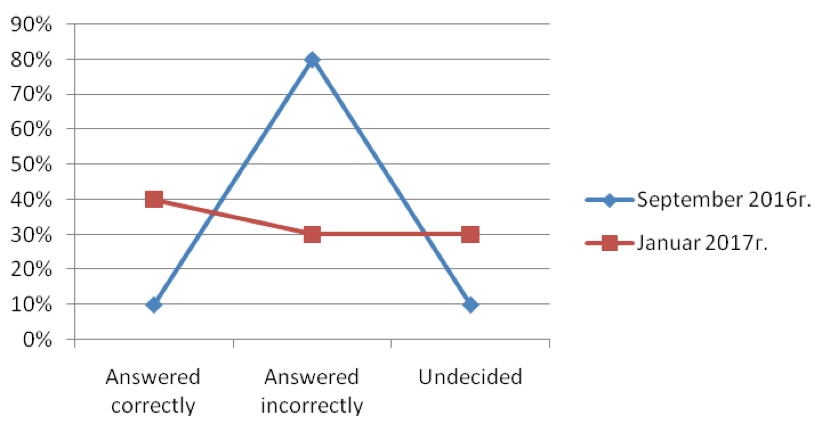
Figure 2. The results of a survey of world history
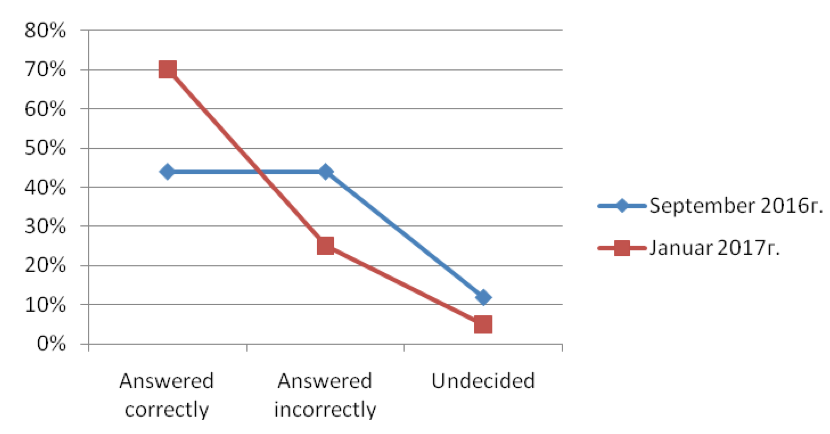
Figure 3. The results of the survey on the history of Russia
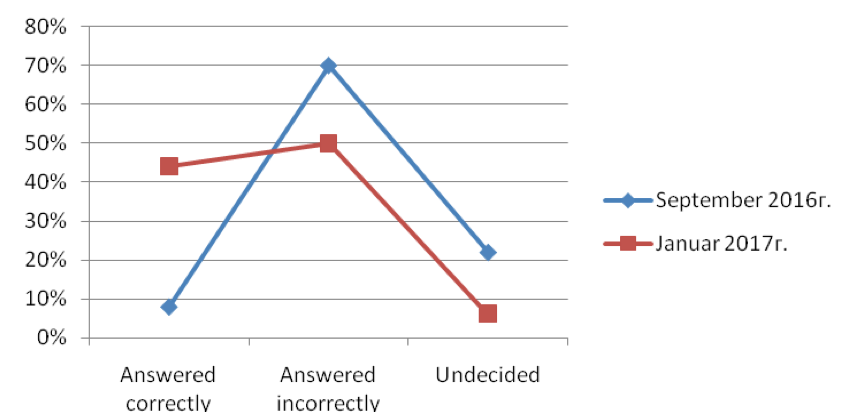
Figure 4. The results of a survey of foreign literature
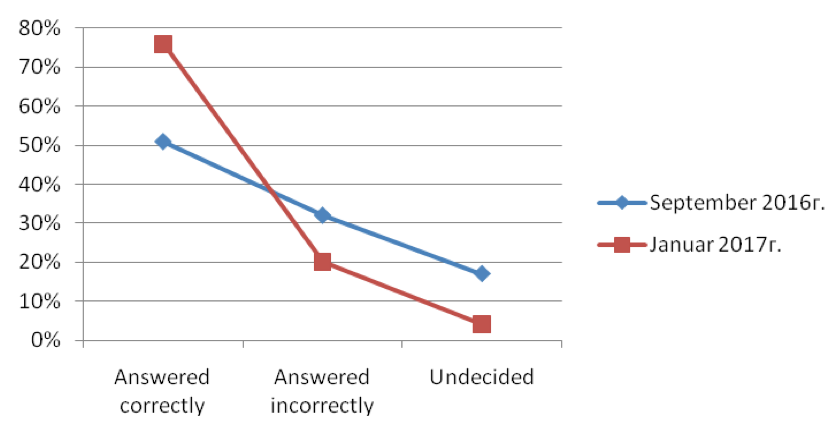
Figure 5. The results of a survey of Russian literature
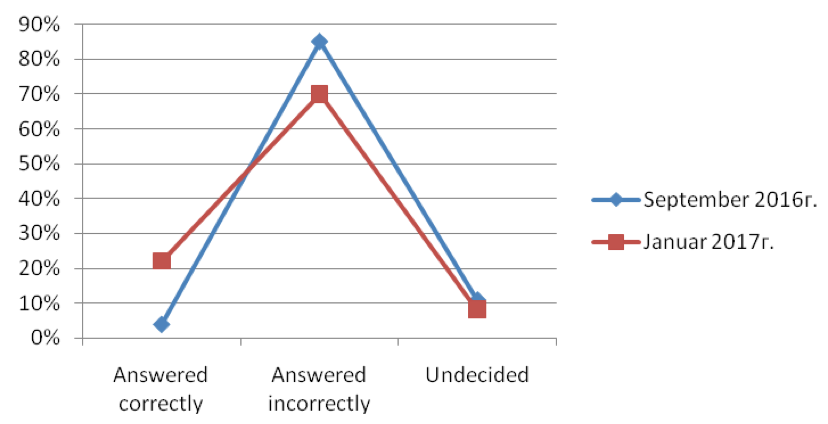
Figure 6. The results of a survey of Fine Art
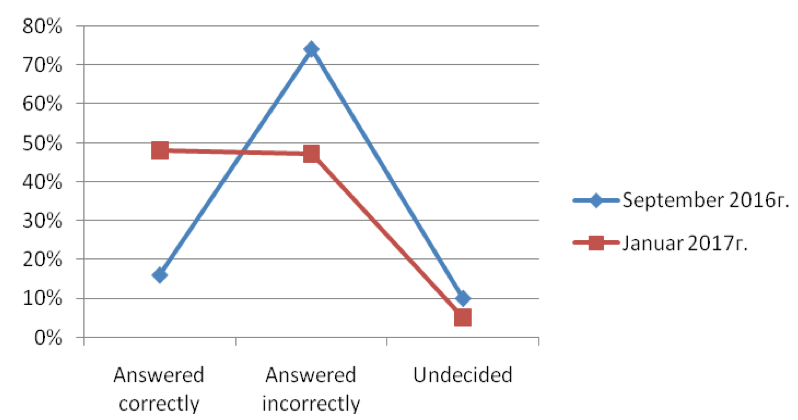
Figure 7. The results of a survey of Music
It should be noted that in terms of changes in economic, political and spiritual life of society there is a particularly urgent need in solving the problem of aesthetic education. The modern student, future professional, “special needs in obtaining and securing a certain level of spiritual culture, this applies both to its overall level of professional preparation and development of the aesthetic foundations of activities” (Abramova 2010).
Thus, we can say that the educational process of the Tyumen Industrial University creates real conditions for the development of the student's aesthetic awareness and relationship to reality.
Therefore, organizing the construction of one of the sections of the course “Computing systems, networks and telecommunications” the above way, the teacher is free in choosing content, teaching means and methods of their use. In turn, the student, in the study of this discipline organizes its own scientific and creative activities on the basis of the acquired abilities, which implies a new content of the individual meeting the regularities of the development of the student as a carrier of aesthetic culture.
Abramova, L. Z, (2010). Foreign language as an education means of aesthetic culture of a student. Psychology and pedagogy: methods and problems of practical application, 13(24): 144 – 147.
Guslienko, I. U, (2011). Components of the methodology of aesthetic education of University students. Bulletin of Belgorod University, 6(12): 305–310.
Ippolitova, N.V. and N.S. Sterhova, (2012). Structural analysis of the process of aesthetic education of students of pedagogical high school. Journal of the IGPI by P.P. Ershov, 1(6): 66–73.
Kharkovskaya E.V. and V.A. Markov, (2014). The role of aesthetic education of students in the educational - educational space of the university. Nauka. Skill. Kultura, 4(12): 205-209.
Kukushkin, N.V, 2013. Aesthetic education as one of the personal competences of students formed as a means of teaching foreign. Problems and prospects of education development in Russia, 19(24): 166–170.
Privalova, A.V, (2011). Aesthetic education and the criteria of aesthetic education of students. Problems of socio – economic development of Siberia. 1(6): 95–100.
Russian pedagogical encyclopedia. In V. G. Panov (Eds.), (1983). Мoscow: Sovetskaya Entsiklopediya Publ.
Shmyreva, N.A, (2000). Aesthetic education of students in the educational process of the University: the dissertation on competition of a scientific degree of Ph. D., Novosibirsk state pedagogical University.
Simoncini Y. S, (2011). Aesthetic education of students in the educational process of the University. Scientific results of the year: achievements, projects, hypothesis. 1(12): 183–187.
Zabavnikova, T. Y (2005). Aesthetic education of students by means of computer graphics: the thesis on competition of a scientific degree Ph. D. Tambov, рр: 240.
1. Federal State Budget Educational Institution of Higher Education “Industrial University of Tyumen”/ IUT, 625000, Urals Federal district, Tyumen region, Tyumen, Volodarskiystreet 38. Email: panchenko_2007@mail.ru